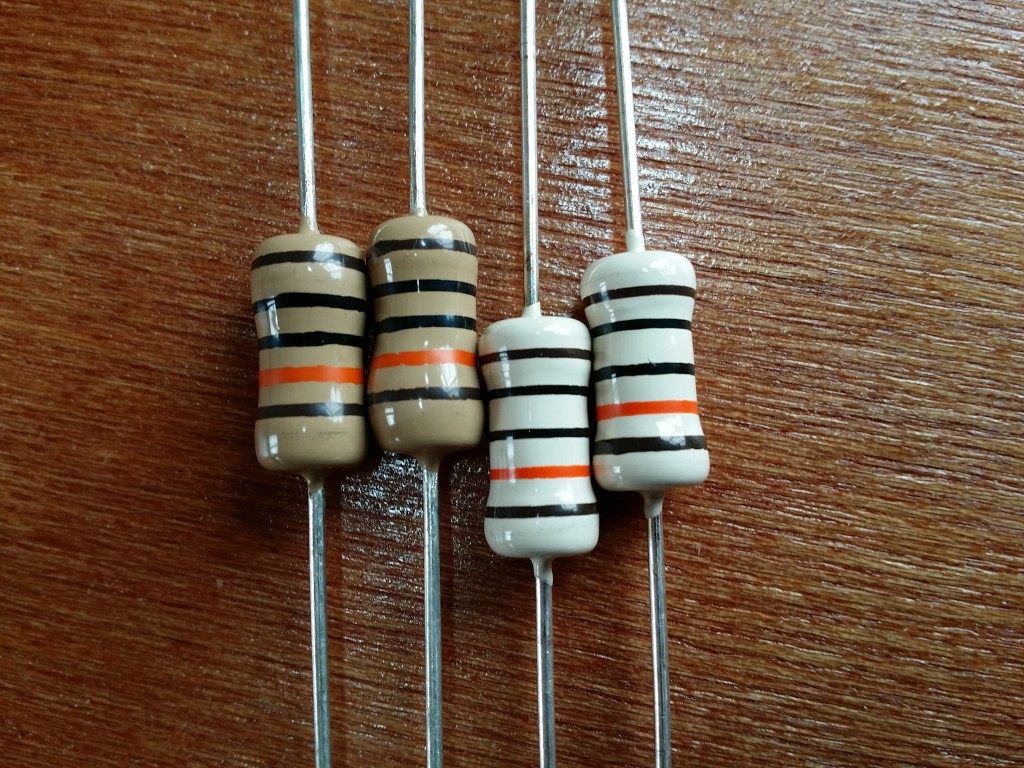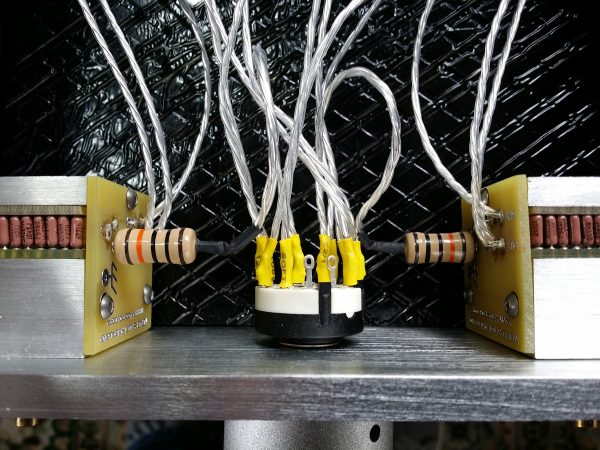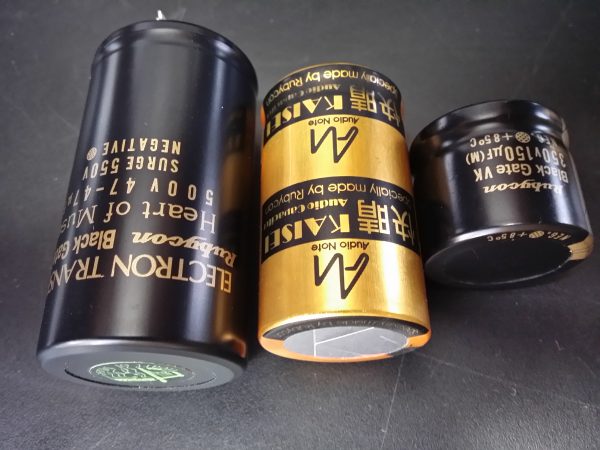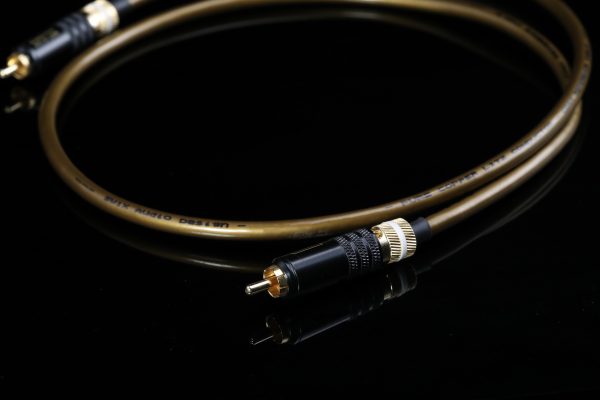Do you tend to increase volume because music does not sound involving at lower volume levels?
Does music sound too oversimplified and boring at times despite a decent recording?
If you are familiar with the effect of resistors on the sound of music, you will find this review very informative.
When we test resistors, 2 aspects are usually apparent:
1. Resistors regardless of a make and material always seem to kill energy (macro & micro dynamics) and tend to mask low level musical information.
2. On top of deleting dynamics and removing harmonics, resistors may also tend to either sound flat, add grain and noise, bring dullness, emphasize or remove certain frequencies of sound.
Now, the best possible resistor would be free of any deficiency stated above – a fully transparent resistor, that neither adds nor removes anything and to date we have not heard one yet. Those who are familiar with the old out of production Shinkoh resistors from Japan, will agree that Shnikoh tantalum resistors (2W version in particular) may have been the least compromised sounding resistors that were ever mass-produced. Kondo san and other sound masters used those resistors in their top audio equipment for a reason.
Audio Note Silver & Copper Tantalum Resistors
So what has made the Shinkoh resistors sound above the rest? Tantalum materials or the copper end caps, perhaps? We do not know for sure. Relative to all other types of resistors, Shinkohs have had one of the most open and grainless sounding characteristics. To date, there have simply not been many resistors on the market that could match the sound qualities of the Shinkoh tantalum. AN 2W magnetic have been close alternatives but we felt that they performed not entirely on the same level.
Shinkoh 2W tantalum resistor was a reference for us for all resistors until… you may have guessed it, we tested the new non magnetic AN tantalum resistors range. The test application was an attenuator, stepped ladder type, which is a least compromised standard passive device to adjust the volume unless auto-transfromers (TVC) are used. What we did is simply swapped the two series resistors (100K Ohms), which are always in series with the signal. We swapped different resistors pairs and compared the results based on our listening impressions before and after.
The ladder attenuator has seen many resistors in the past years. Originally, there were Caddock (very bright and noisy sounding) resistors, which were replaced by Kiwame (lush but rather one dimensional sounding), Allen Bradley (open but a bit noisy sound) and eventually by AN 2W magnetic tantalums (least compromised of the former). The next candidate was the AN 2W non magnetic copper tantalums.
What became very apparent is that the noise floor dropped significantly with non magnetic AN 2W copper tantalums relative to the their magnetic predecessor. The sound became free of haze and the background turned completely pitch dark. The effect is very similar if capacitors are replaced by the Black Gates. When the level of noise drops, one can suddenly hear all the micro details and harmonics better and the sound stage tends to open up as well with everything becoming more three dimensional.
That could have been a new reference resistor until… you guessed it correctly again, we tried the AN Silver tantalums.
Cost wise the silver tantalums resistors cost about twice the copper version, so one naturally expects a significant improvement at least. However, nothing prepared us for such a dramatic and shocking change in the way our music sounded. We theoretically imagined that the change would bring us even more clarity and harmonics similar to the effect when one swaps a copper conductor for a pure silver one or exchanging a copper foil for silver foil capacitor. Yet, the effect of having 2W silver tantalums instead of the copper 2W, was rather shocking, so shocking in fact that we immediately ordered more pairs in order to replace all series resistors in our other ladder attenuators.
In sum, the effect of having the silver tantalum resistors is similar to removing a couple of layers thick blankets from your speakers and having released a dynamics handbrake from music. The clarity and dynamics remain even at lower volume levels, so that music doe not loose its emotional appeal anymore. That is the other interesting aspect to the sound – now we can enjoy listening to music at significantly lower volume levels relative to before. The AN silver tantalum resistors are not just our reference- they are the closest alternative of having no resistor- ultimate resistor bar none. So, do yourself a favor and try those by replacing your series resistors with AN Silver tantalums and you will be rewarded with a dramatic improvement in clarity, transparency and low level musical information you have never heard before or even thought it ever existed in your recording. The results is very similar to having your output transformers replaced with Permalloy cores and silver wingdings. The only shortcoming is that the resistors need to be carefully matched to the rest of the system, otherwise one may end up with thinner body of sound. So, please use these with caution and sparingly in selected places.
In our book, those 60 GBP (yes, for 2 resistors!) were the best spent in years. The other equally rewarding experience is replacing all the copper mains cables with a properly engineered silver conductor ones but that is another topic. The 2W Silver Tantalum resistors offered by AN is a real contribution to the high performance audio we witnessed in years!
High-End Performance Audio: a definition by SW1X Audio Design
Read more from SW1X Technology
Follow us on Facebook, Instagram, YouTube and Pinterest. Join the official SW1X Club





